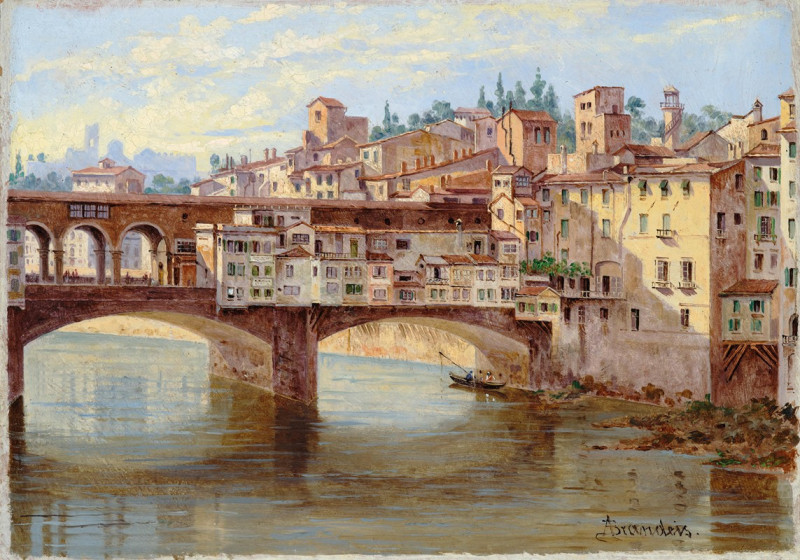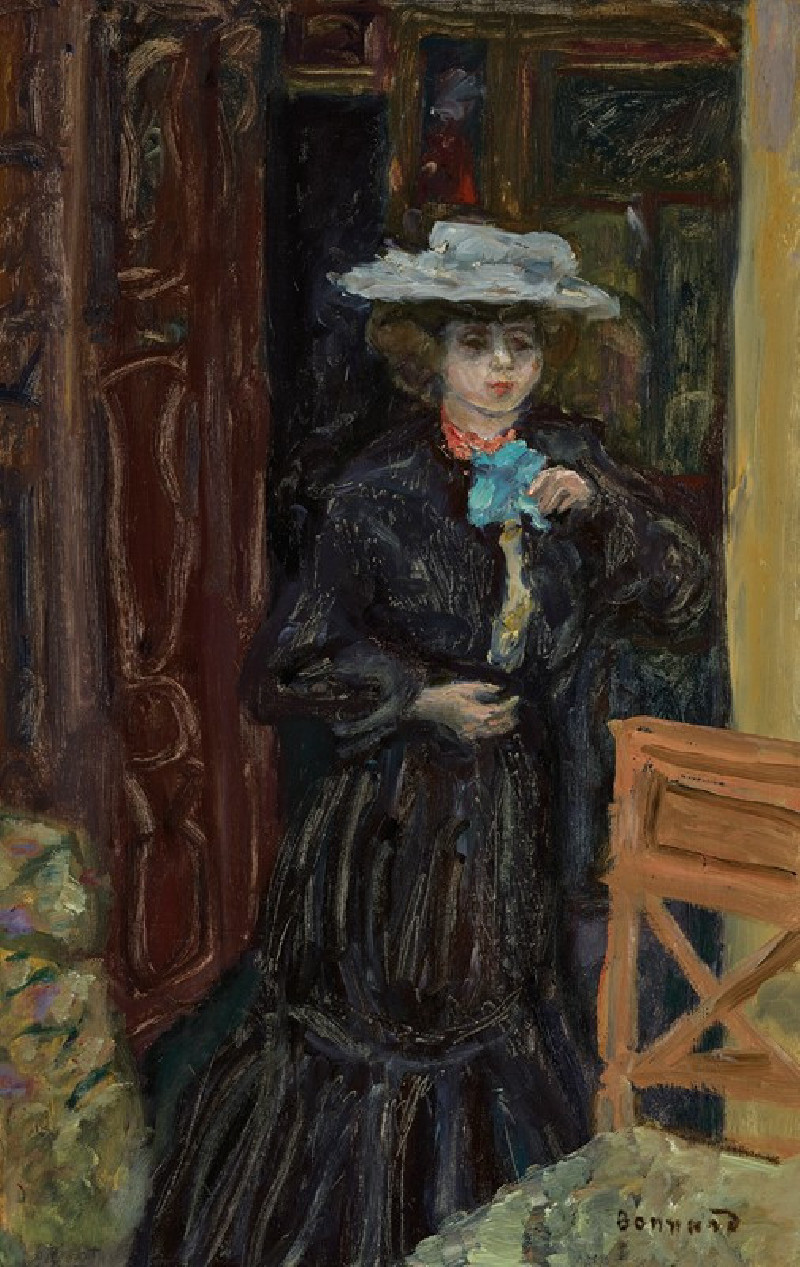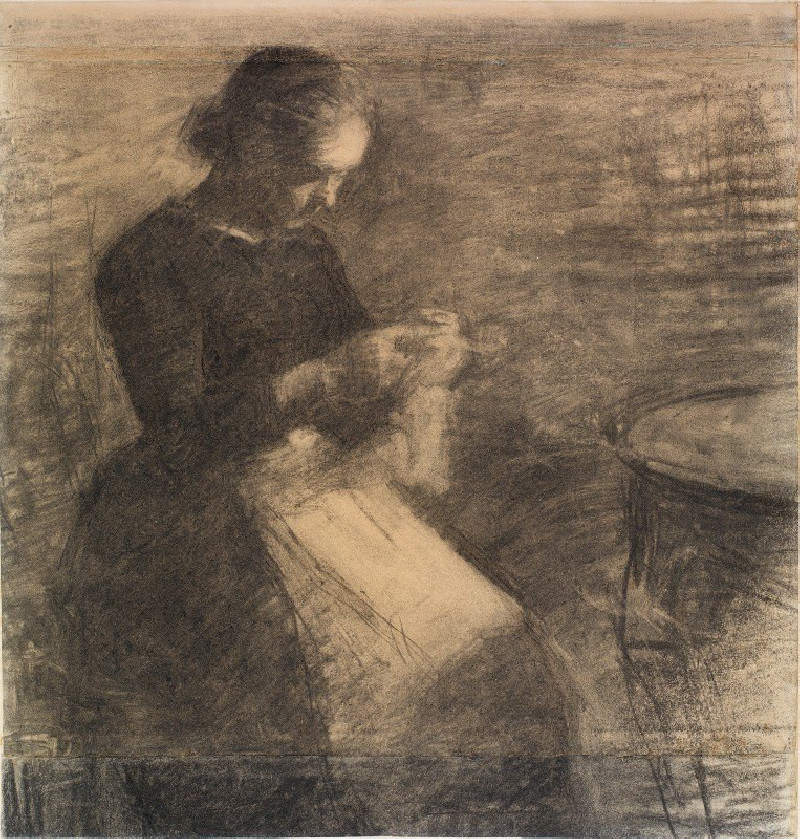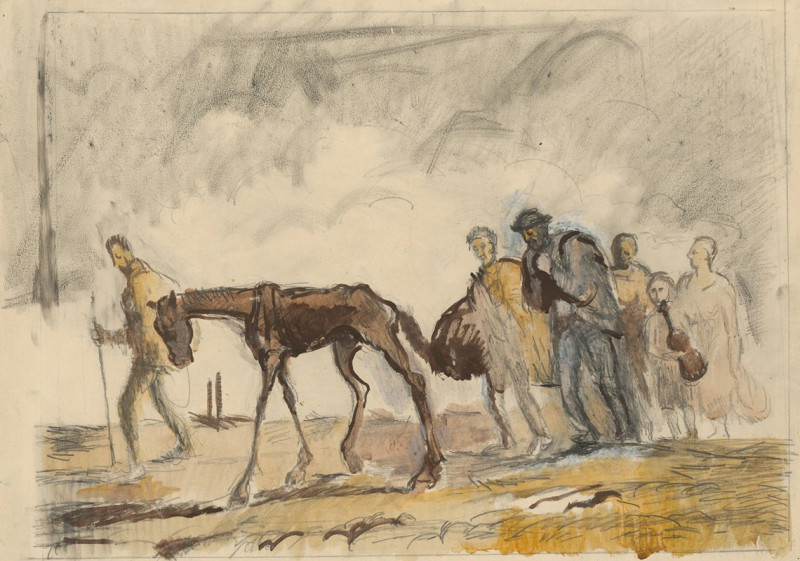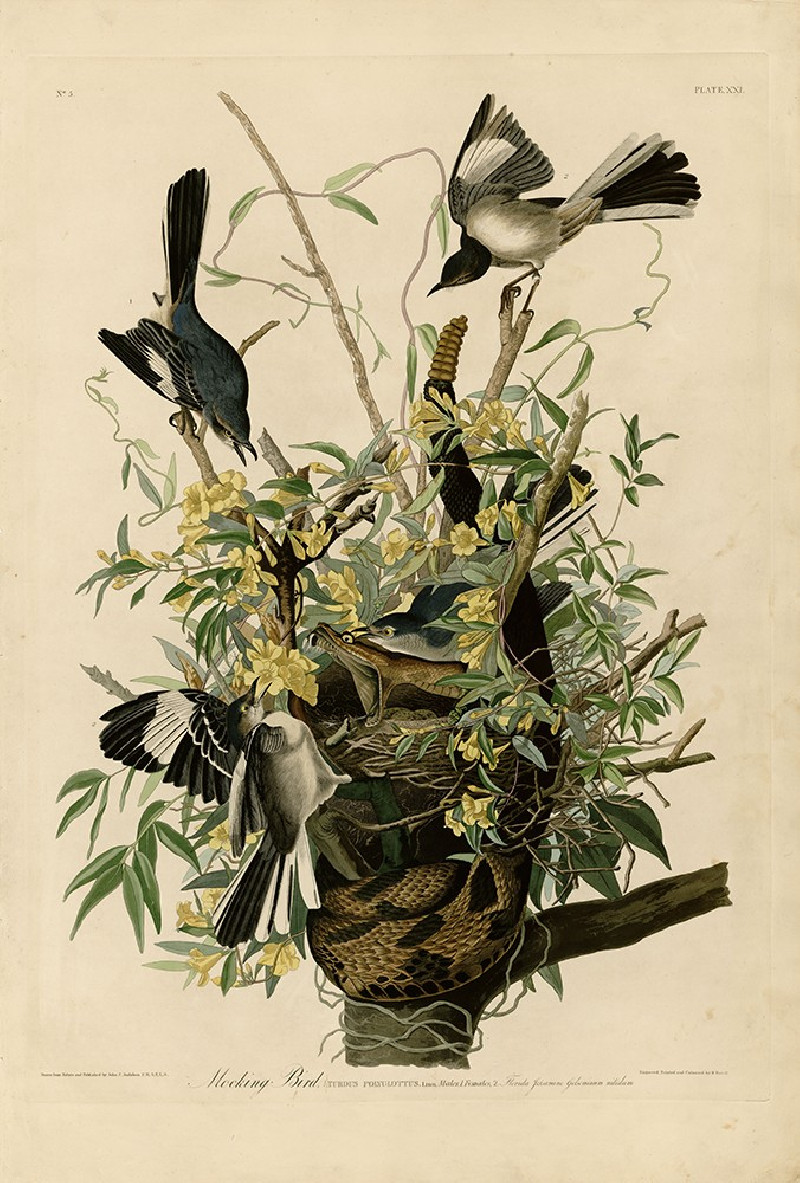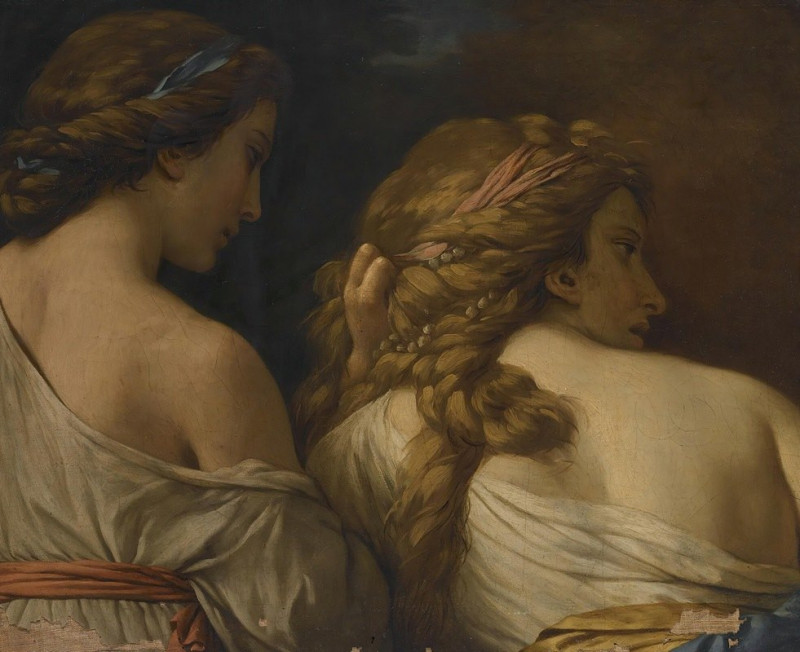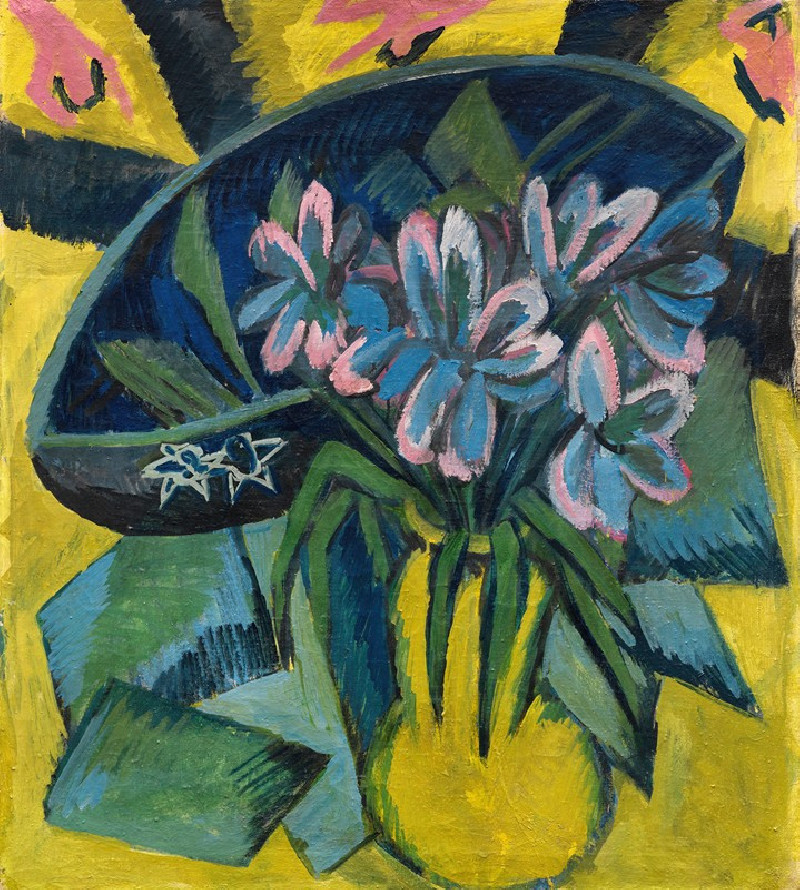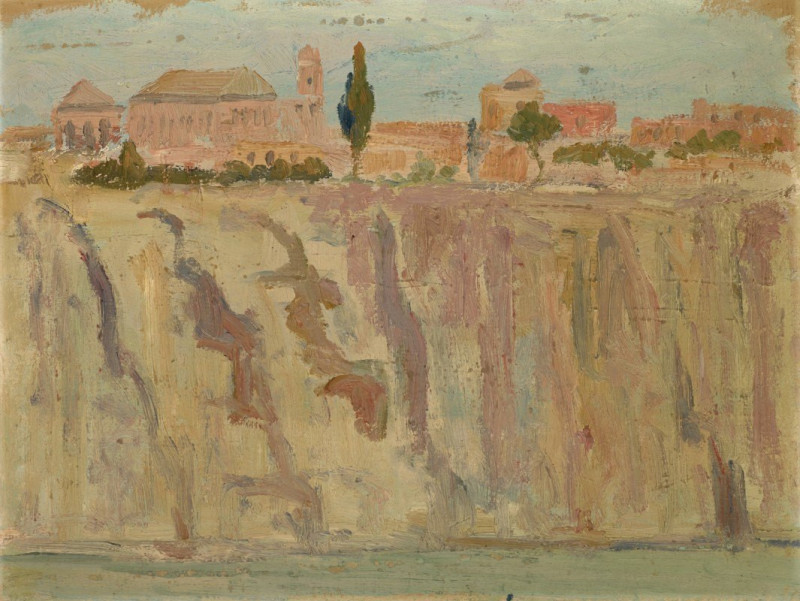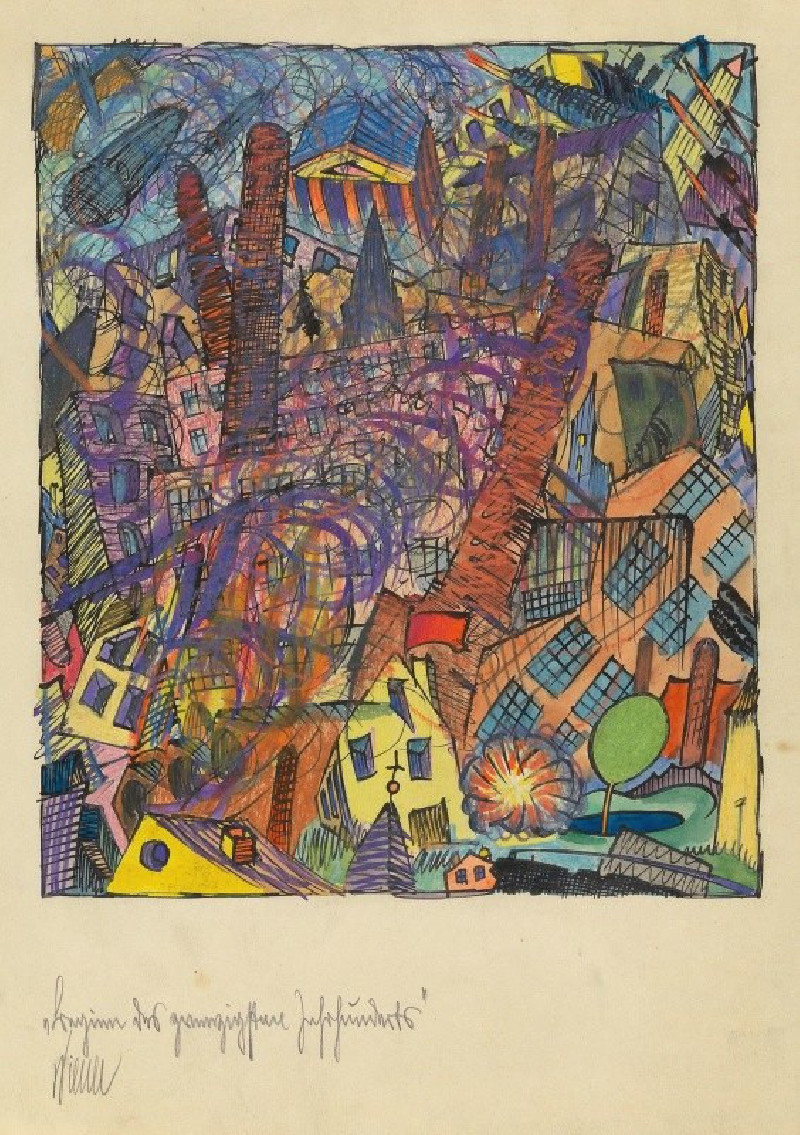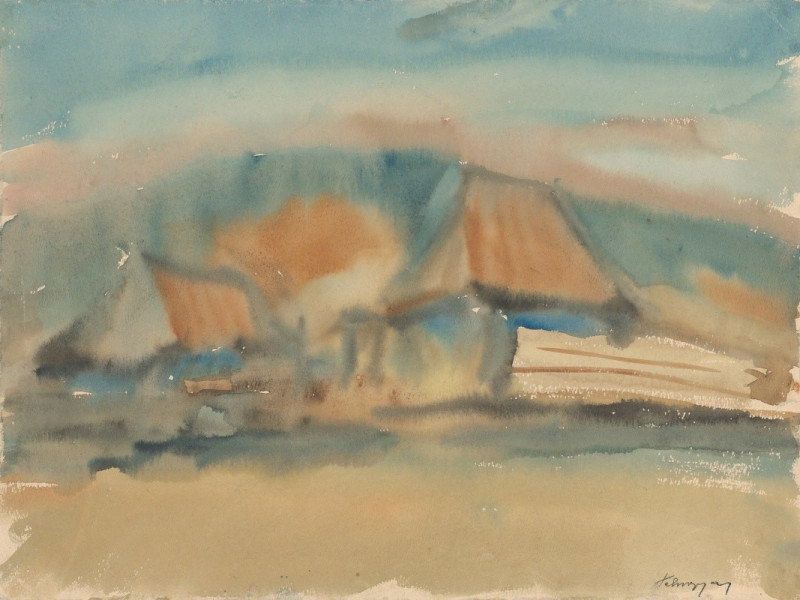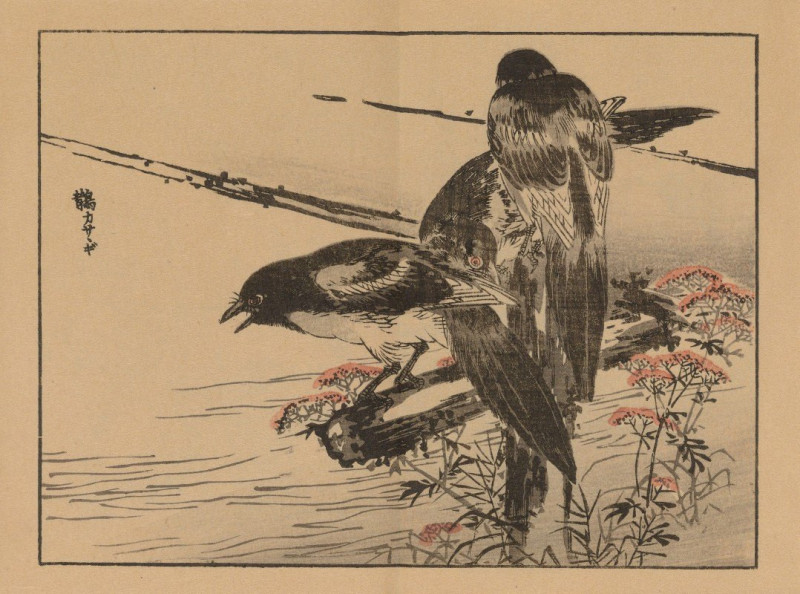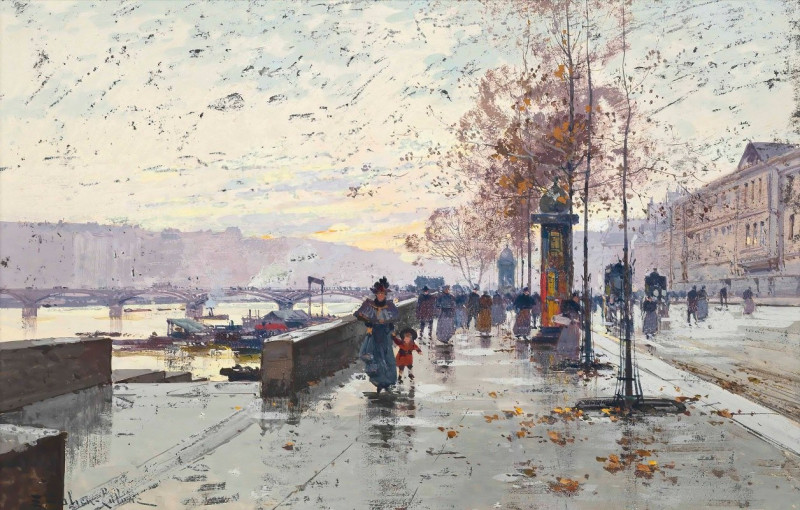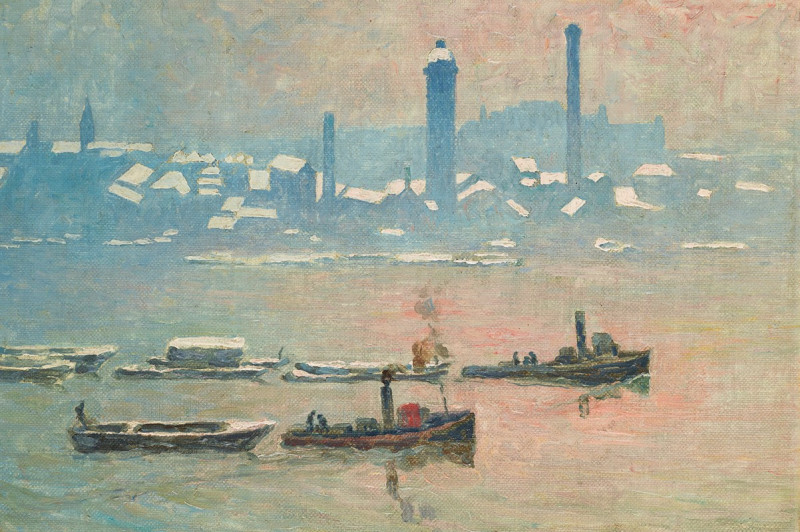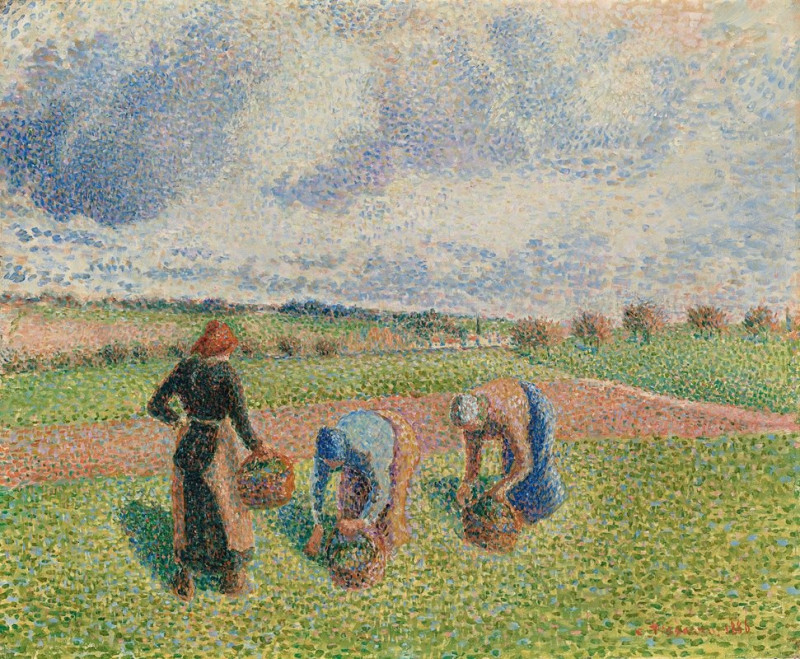The Beet Harvest
Technique: Giclée quality print
Recommended by our customers
More about this artwork
"The Beet Harvest" by Camille Pissarro is a vibrant and textured representation of rural labor, capturing the essence of peasant life through the impressionist style. The painting depicts several figures in a field, evidently engaged in the labor-intensive process of harvesting beets. In the foreground, a figure is bent over, pulling beets from the ground, their back turned to the viewer, which emphasizes the strenuous nature of their work. Another figure stands to the left, holding what appears to be a cloth or sack, possibly collecting the harvested beets.The landscape is divided by a muddy path that leads to the background where a cart awaits, likely to transport the harvested crops. The broad, open sky above, filled with light brush strokes of white and blue, contrasts with the earthy tones of the field and imbues the scene with a sense of vastness and the hard day's labor under a wide sky.Pissarro's use of color and light reflects the impressionist intent to capture a moment in time, focusing on the effects of light and the vividity of the scene. The brushwork is loose and dynamic, adding a sense of movement and busyness to the scene as the workers toil in the field.This painting not only showcases the physical task of harvesting but also emphasizes the connection of the workers with the land, a common theme in Pissarro's works.
Delivery
Returns
Blessed are they who see beautiful things in humble places where other people see nothing. — Camille Pissarro
Camille Pissarro (1830-1903) was born on St.Thomas (now the US Virgin Islands) to a Portuguese father and a Dominican mother. He went to Paris to study art at Ecole des Beaux-Arts. He was an early pioneer of pointillism and neo-impressionism and later became a mentor of many famous impressionist painters including Cezanne, Manet, Renoir, and Gauguin. His paintings depicted rural and urban French landscapes and lifestyle. Many of his works politically captured images of peasants and laborers. Today, he is considered the father of impressionism.
































